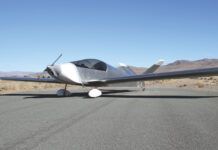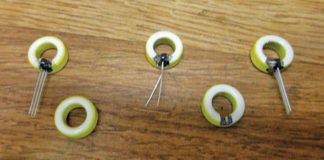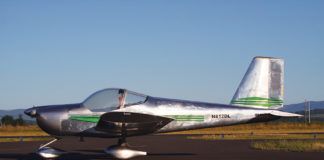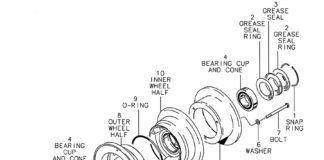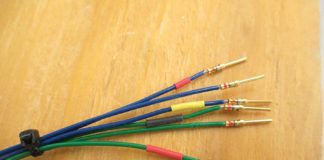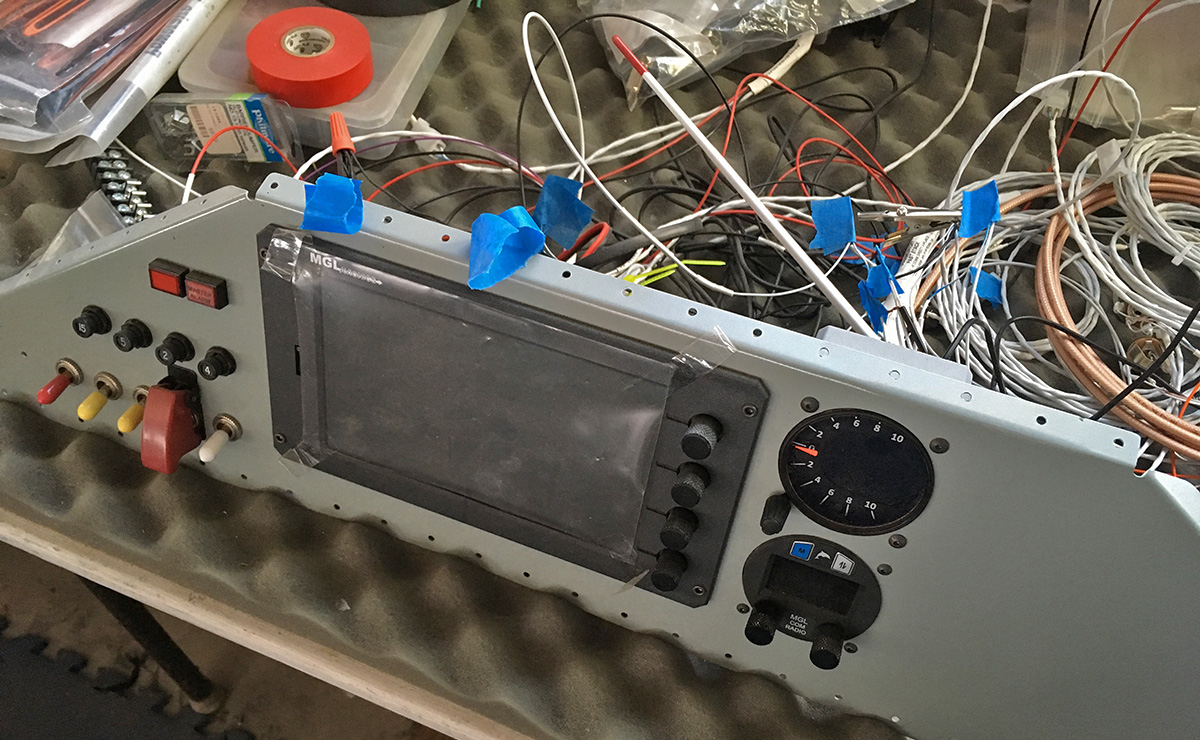
…And every village needs an idiot. Or at least someone who doesn’t know something. The best thing though – is the village can come together to educate him, even if they don’t know it!
It all started about a year ago, when I unpacked a box with shiny new electronics for our under-construction motor glider. An EFIS and radio, with all the trimmings from MGL comprises the panel for the little flying machine, along with an nice electronic variometer. Now variometers like this one have an internal speaker, which is more than good enough for the typical sailplane jockey who flies without a headset. Very civilized – just wear a hat, listen to a speaker, and talk into a microphone if needed. But with a motor glider, I want to be able to wear a headset, and maybe not take it off. So I want the vario’s audio to come through the radio’s built in intercom which features two audio inputs (to get music I suspect). It turns out that this vario has a jack for an external speaker – just in case the real sailplane jockey wants a speaker closer to their ear. It also turns out that if you plug the output of the “speaker out” on the vario into the “audio -in” line of the radio, you get an awful sound because a speaker line is not the same as an audio line – the voltage and impedance don’t match.

Ahhh… but I have friends in this village. I called Mark Scheuer, founder of PS Engineering, the intercom and Audio Panel company. “Well of course, they don’t match Paul! You need a little transformer! How about I send you a couple!” I thanked Mark profusely, and a few days later, I was shaking these two little audio transformers out of their padded envelope – and along with them came… nothing. No little drawing of which pins did what. Mark assumed, of course, that I knew what I was doing, since I’ve built lots of airplanes with electronic panels. Now I know transformers – from a schematic standpoint. I know you have two wires that represent the legs of the primary coil, and two legs that represent the ends of the secondary. I know the physics, I know the math… but I couldn’t recall ever soldering one in to place. And these critters had six legs! Hmmmm… I went to my usual internet sources, but Mouser has about a thousand pages of transformers. I was too embarrassed to call Mark (I can solve this!) – and promptly got pulled away on another project. The motor glider still needs wings after all – the panel could wait!
Fast forward to the present. I am proofreading an article by Ron Wanttaja, former prolific Kitplanes writer, now re-joining our illustrious team! Ron has a nice article coming in January that happens to include – ta-da! – the drawing of one of these little transformers. Joyously looking for an excuse to get away from the computer and proofreading, I ran out to the shop, unburied the panel project, and did a little temporary wiring. Pulled a headset out of a plane, powered everything up – and voilà! Perfect audio from the radio, intercom, and vario! And Ron never knew that I was just piggybacking on his own research for a totally different project.
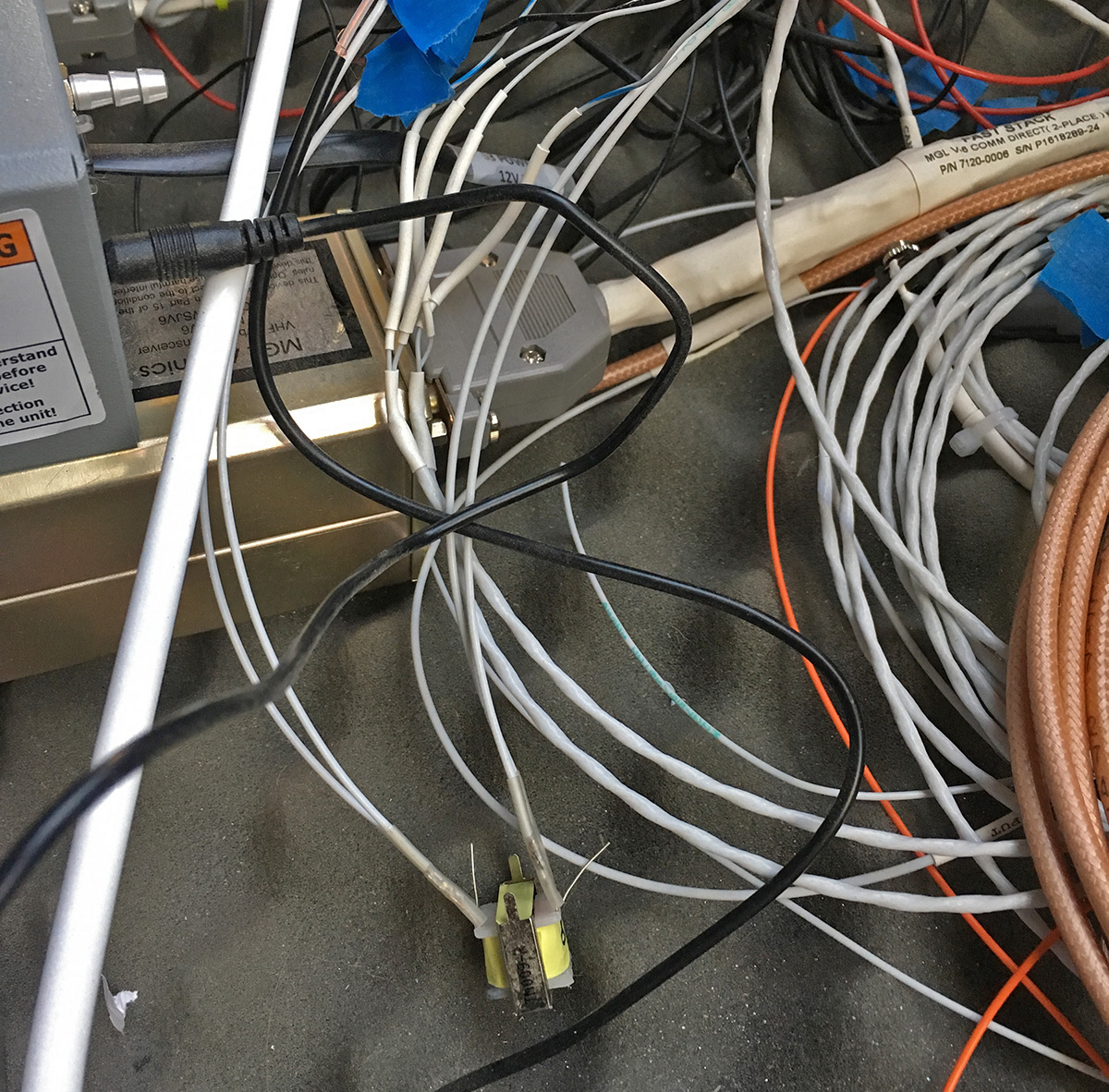
Mark – thanks very much for the transformers – would have called and admitted my ignorance eventually (probably). And Ron, thanks for solving the problem, and the education – even though you didn’t know it. It does take a village, this airplane building. And you find answers in the most unexpected places.
Now, back to those wing ribs…







